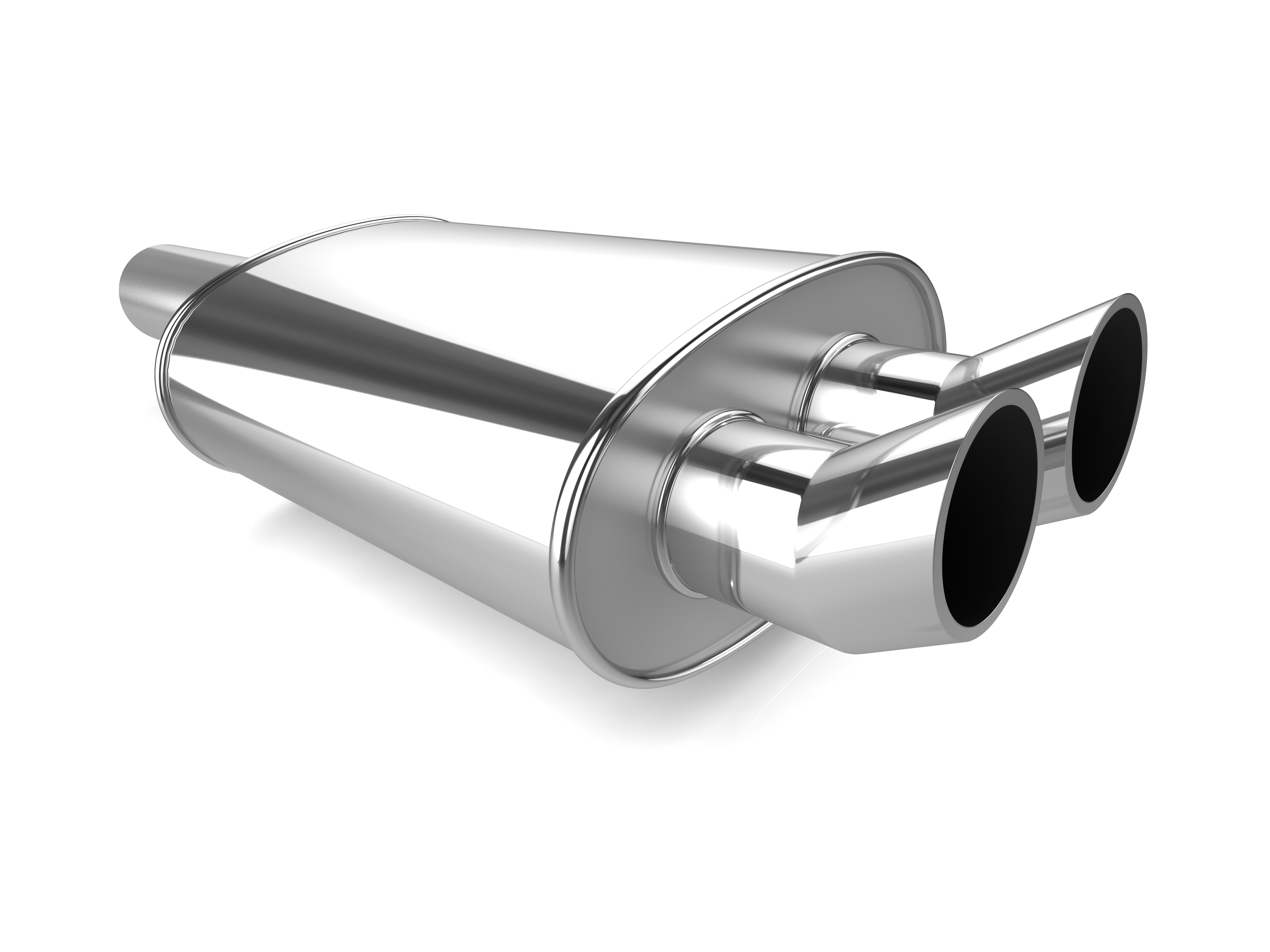
As we learn more about the dangers of pollutants, there have been various initiatives to reduce the amount of toxic gases and other pollutants that enter our air. The automotive industry underwent many changes in the 1970s to improve air quality, and one of those was the enforcement of installing catalytic converters in all vehicles after a certain year.
Today, there are strict regulations in all states on the amount of emissions your car can release into the air. If you own a vehicle that has recently failed an emissions test, you may need to replace the catalytic converter. You see, the catalytic converter’s main job is to take harmful emissions and covert them to innocuous gases that won’t adversely affect air quality.
A catalytic converter may just look like a metal cylinder, but it has many different components to ensure it is able to perform its job correctly. Fluoropolymer tubing, for example, is used for the Lambda probe of a catalytic converter to ensure oxygen levels are measured correctly. As you probably know if you have read this blog before, fluoropolymer tubing is used in the automotive industry for its high temperature use and resistance to corrosive chemicals.
If you have a problem with your catalytic converter, there may be a number of symptoms present when you drive. For one, the vehicle may start to rattle more. This occurs when too many rich fuel mixtures break apart the internal components of the catalytic converter. The rattling noise will get worse the longer the problem isn’t addressed.
Poor vehicle performance is another common problem when there is something wrong with the catalytic converter. You may start to notice that your vehicle isn’t able to accelerate as well. Or you might have to go to the gas station more often. These are both signs that the catalytic converter is clogged or leaking.
Finally, the vehicle’s computer may tell you that there is something wrong by turning on the Check Engine Light. If the vehicle’s computer detects that the catalytic converter is not working correctly, it will activate the Check Engine Light so the vehicle owner can have it checked out.
Given the importance of the catalytic converter in a vehicle’s exhaust system, you should always take care of these issues as quickly as possible to prevent future problems, like failing your emissions test.


